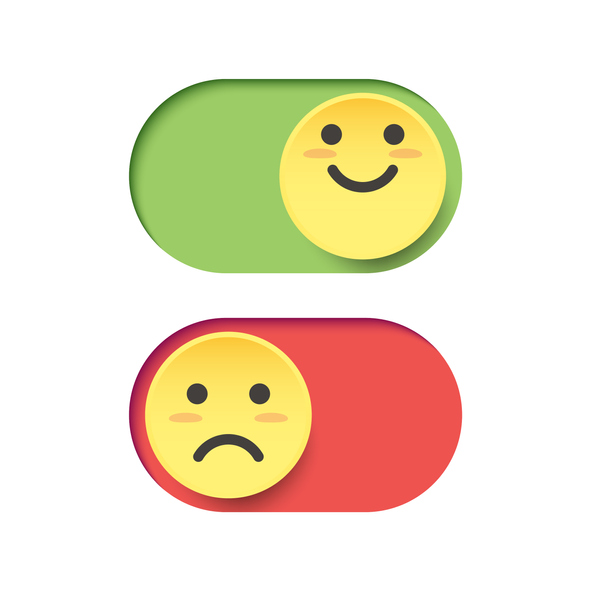Editor’s note: Garrett Hughes is senior content creator at landing page platform Unbounce, Vancouver.
What is the relationship between language sentiment and web page conversions?
Our team completed a marketing study from November 2020 to April 2021, published as the 2021 Conversion Benchmark Report. We analyzed the outcomes from almost 264 million visits to over 44,000 landing pages, which led to 33 million conversions. We looked at the data to generate insights based on what worked – and what didn’t – as marketers from across industries sought to engage with a flood of online visitors in a year unlike any other.
The report (registration required) broke down insights into 16 industry areas, including e-commerce, education, SaaS, business services, legal, home improvement, travel, real estate, fitness and nutrition. It looked at how factors such as emotion, sentiment and complexity of language influenced a business’ potential to convert web traffic into potential customers.
Negative language spiked in 2020
With a global pandemic clogging up our news streams, bringing endless negativity into our everyday lives, it’s no wonder negative language and its impact on conversions became a clear and recurring theme of our study. When faced with an unprecedented global health crisis, marketers ran with instinct and broke with standard practice: negative language became fair game and, as a result, conversions suffered almost across the board.
One of the central findings was that, while negativity generated an extraordinarily high number of clicks and content consumption in 2020, it had the opposite effect on marketing campaigns – especially those in the sectors of e-commerce, home improvement and fitness and nutrition.
Key findings
- In e-commerce, online sellers significantly increased use of all types of emotional language, but especially language considered negative. Anger was up 8.9%, fear 6% and sadness 8.1%. We saw an increase in negative words (such as angry, ruthless and depressing) across several industry sectors – a change that frequently correlated with fewer conversions.
- The negativity trend did not hold in one key area: education-focused marketing, where good feelings correlated with poor results. When we analyzed which emotional sentiments drove higher conversion rates on education landing pages (and which didn’t), we found that words such as aspiration, proud and succeed often led to lower page performance.
- In the fitness sector, tough love usually led to a tough loss. Compared to other segments, fitness and nutrition pages saw comparatively greater levels of negative sentiment. The industry has the highest levels of language associated with both anger (117%) and disgust (448.3%), and the data suggests that people weren’t roused by drill instructor-style motivation. In contrast, joyful words drove higher conversion in both fitness and nutrition.

Impact on brands
In 2020, international consumers shifted perspectives and behaviours like never before. The data from our study uncovered the enormous challenge marketers faced trying to land the right tone in one of the most turbulent years in living memory. I hope the findings will ultimately enable brands to learn from the lessons of 2020 in order to build higher converting campaigns over the next year and beyond.
The main takeaway for marketers of all stripes is that negativity still doesn’t deliver. However, not all sectors have felt the pandemic in the same way, and there are other lessons in store for those in a marketing hot seat. Fortunately, there are a number of steps that marketers can take to successfully navigate the year ahead.
- When it comes to your landing page, revise, revise and revise some more. And do so on a constant basis. The report’s findings apply universally, which means you generally want to create a page variant that uses positive, value-focused language.
- Keep testing and optimizing your results. After ruling out negative language, marketers must seek new ways to keep people engaging and converting.
- While negative language flopped, so did overly emotive verbal strategies. Avoid language that is both negative and emotive, as both types went up together – anger (+8.9%), fear (+6.5%) and sadness (+8.1%) – and both hurt conversions.
- In almost every case – but especially for family support pages – having a lower word count meant greater conversions. This also held true on legal pages, where despite the heavy subject matter, short copy did best. It’s safe to say that a concise, measured expression does the trick.
- Although the bulk of traffic to e-commerce pages came from search engines, our analysis of channel performance shows that you’re more likely to earn conversions from social and e-mail visitors.
The data uncovers the enormous challenge marketers faced trying to land the right tone in one of the most heady social and political times most have ever seen. I hope the findings provide real value for marketers and ultimately will enable them to learn from the lessons of 2020.
